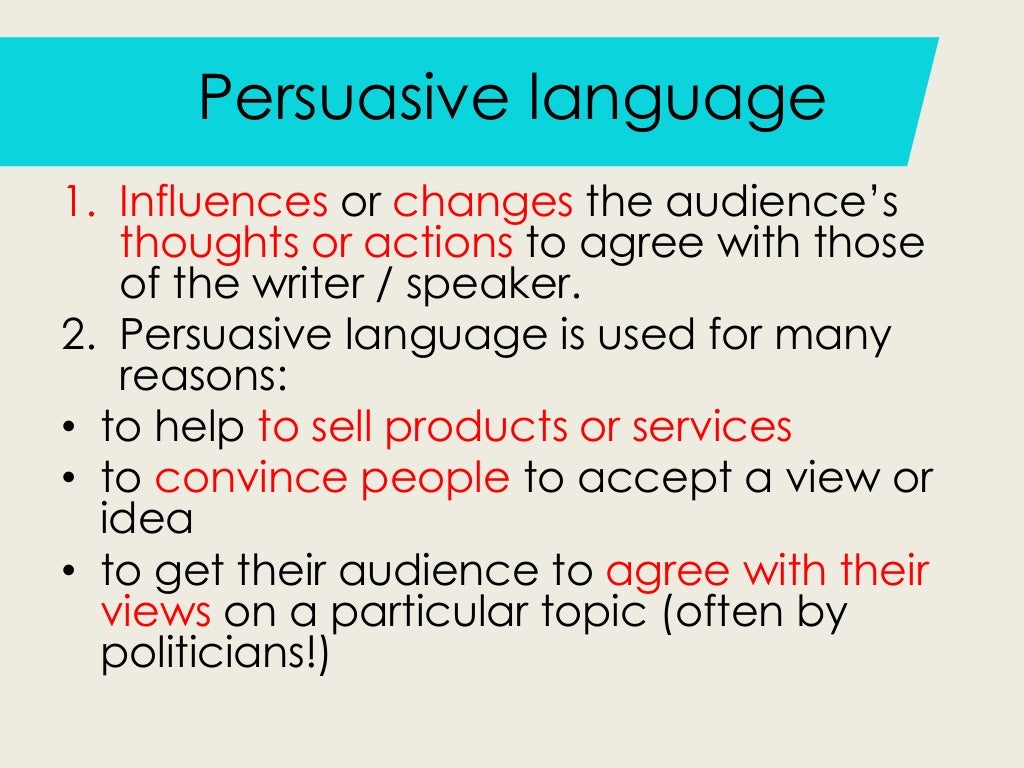
If set to on, COPY FROM statements are committed atomically, matching PostgreSQL behavior. Accepted values include debug5, debug4, debug3, debug2, debug1, log, notice, warning, and error. The severity level of notices displayed in the SQL shell. The mode for conversions from STRING to BYTES. The current application name for statistics collection.Įmpty string, or cockroach for sessions from the built-in SQL client. The value, or list of values, to assign to the session variable. Executing a ROLLBACK, ROLLBACK TO SAVEPOINT, or RELEASE TO SAVEPOINT statement rolls back any variables set by SET LOCAL. If you have a single-page site, learn about non-interaction events that you can implement to better capture user engagement and identify single-page sessions that are not bounces.SET LOCAL is compatible with savepoints. You can use Optimize to test different versions of your site pages to see which designs encourage users to engage more. And you may want to reevaluate your overall site design and examine the language, graphics, color, calls to action, and visibility of important page elements. If the problem is more widespread, take a look at your tracking-code implementation to be sure all the necessary pages are tagged and that they’re tagged correctly. If a particular channel has a high bounce rate, take a look at your marketing efforts for that channel: for example, if users coming via display are bouncing, make sure your ads are relevant to your site content. If your overall bounce rate is high, then you can dig deeper to see whether it’s uniformly high or whether it’s the result of something like one or two channels, source/medium pairs, or just a few pages.įor example, if just a few pages are the problem, examine whether the content correlates well with the marketing you use to drive users to those pages, and whether those pages offer users easy paths to the next steps you want them to take.

The All Pages report provides the bounce rate for individual pages.The All Traffic report provides the bounce rate for each source/medium pair.The Channels report provides the bounce rate for each channel grouping.The Audience Overview report provides the overall bounce rate for your site.

Lower your bounce rateĮxamine your bounce rate from different perspectives. On the other hand, if you have a single-page site like a blog, or offer other types of content for which single-page sessions are expected, then a high bounce rate is perfectly normal. For example, if your home page is the gateway to the rest of your site (e.g., news articles, product pages, your checkout process) and a high percentage of users are viewing only your home page, then you don’t want a high bounce rate. If the success of your site depends on users viewing more than one page, then, yes, a high bounce rate is bad. Learn more about how session duration is calculated. These single-page sessions have a session duration of 0 seconds since there are no subsequent hits after the first one that would let Analytics calculate the length of the session. In Analytics, a bounce is calculated specifically as a session that triggers only a single request to the Analytics server, such as when a user opens a single page on your site and then exits without triggering any other requests to the Analytics server during that session.īounce rate is single-page sessions divided by all sessions, or the percentage of all sessions on your site in which users viewed only a single page and triggered only a single request to the Analytics server. A bounce is a single-page session on your site.


 0 kommentar(er)
0 kommentar(er)
